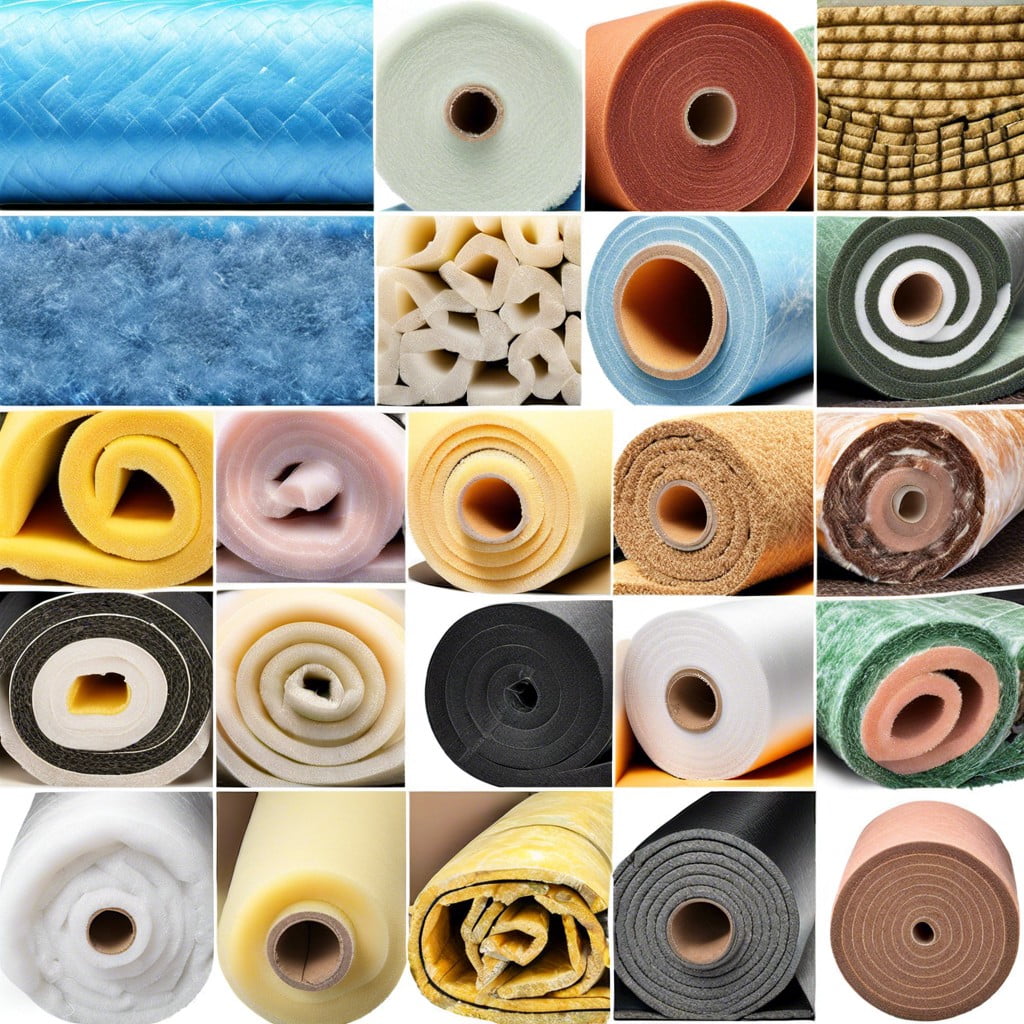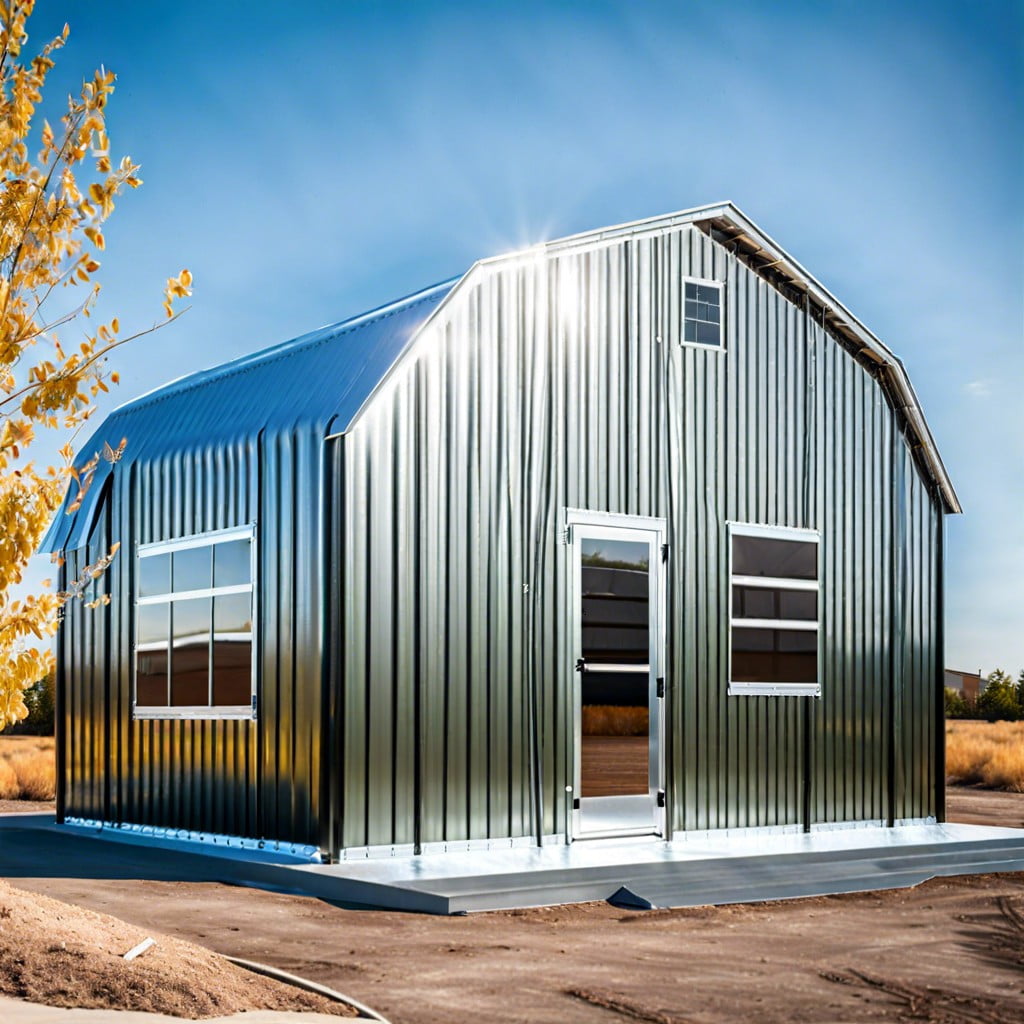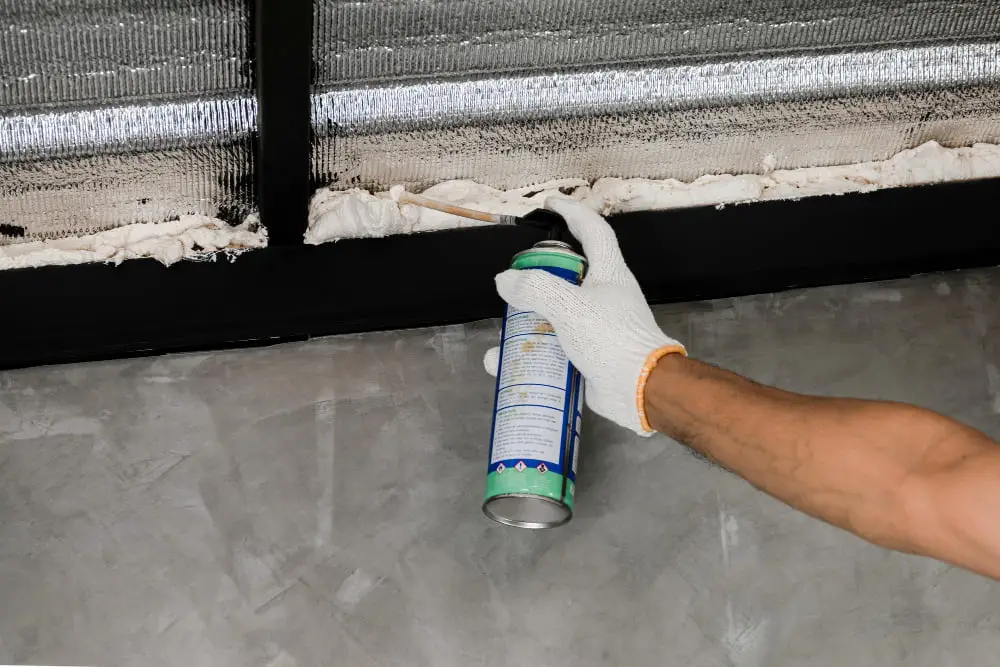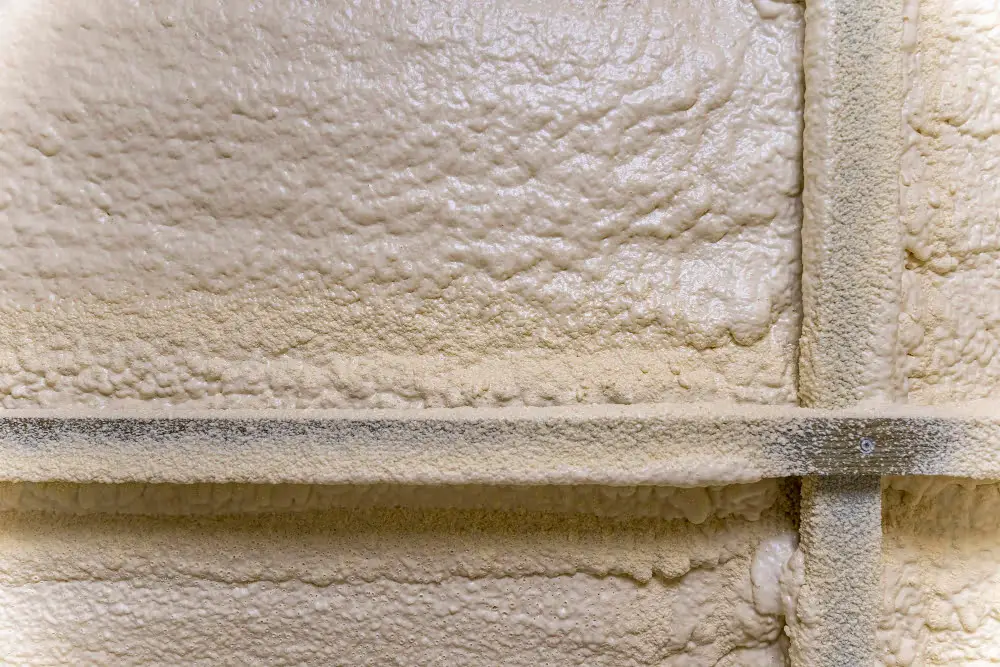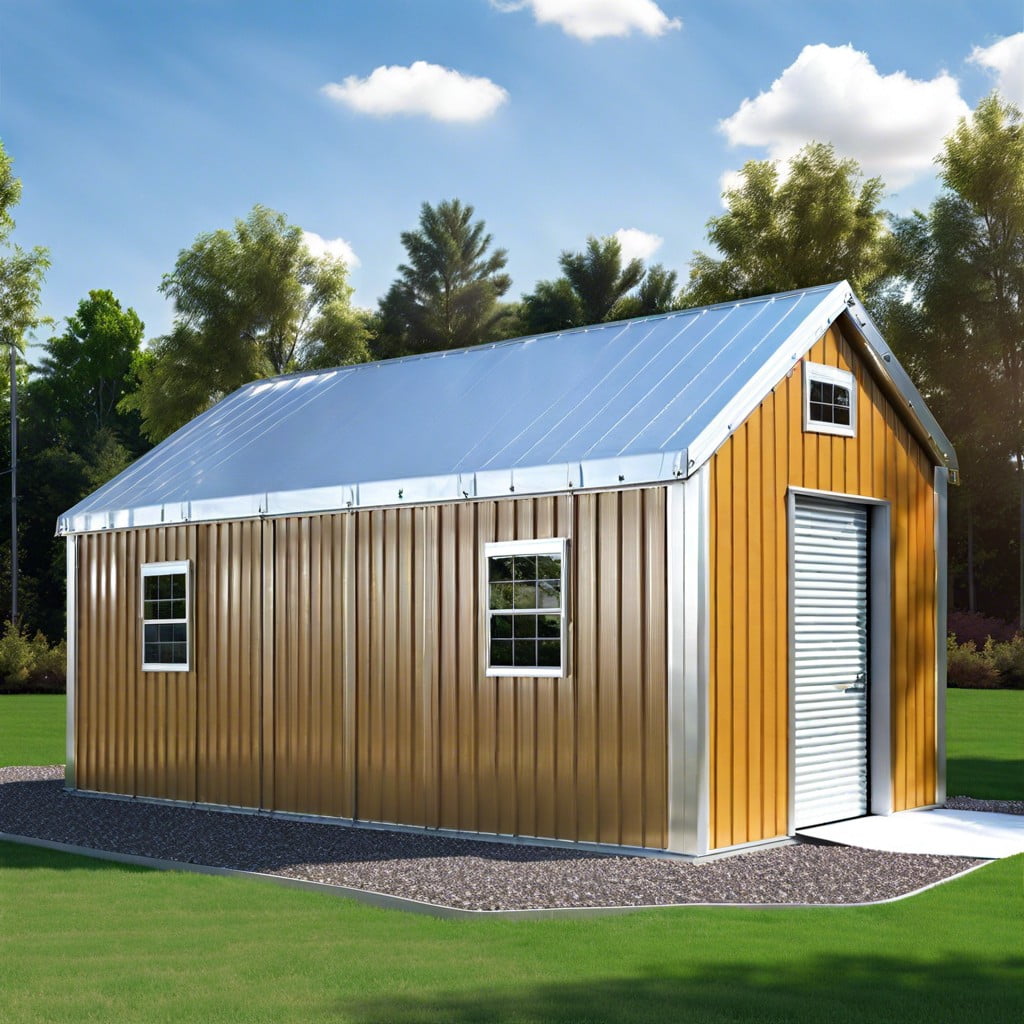Sealing the bottom of a metal building is crucial for protection against weather elements, pests, and water damage; this article provides a comprehensive guide on how to effectively accomplish this task.
Sealing the bottom of a metal building is a crucial step in its construction and maintenance, protecting it from moisture, pests, and weather elements. This process involves the use of proper sealants, correct application techniques, and the right preparation of the surface.
In this article, we delve into the specifics of how to effectively seal the bottom of a metal building, ensuring durability and longevity. Whether you’re dealing with a new construction or looking to upgrade an existing structure, you’ll find comprehensive, step-by-step instructions here to guide you through the process.
So, let’s get started on safeguarding your metal building against potential damage.
Key takeaways:
- Sealing prevents pests, water damage, and energy loss.
- Choose the right sealant for metal buildings (silicone, polyurethane, acrylic, hybrid).
- Prepare the surface by cleaning and removing old sealant.
- Follow step-by-step guide for proper sealing application.
- Maintain the seal through regular inspections and maintenance.
Importance of Sealing the Bottom of a Metal Building
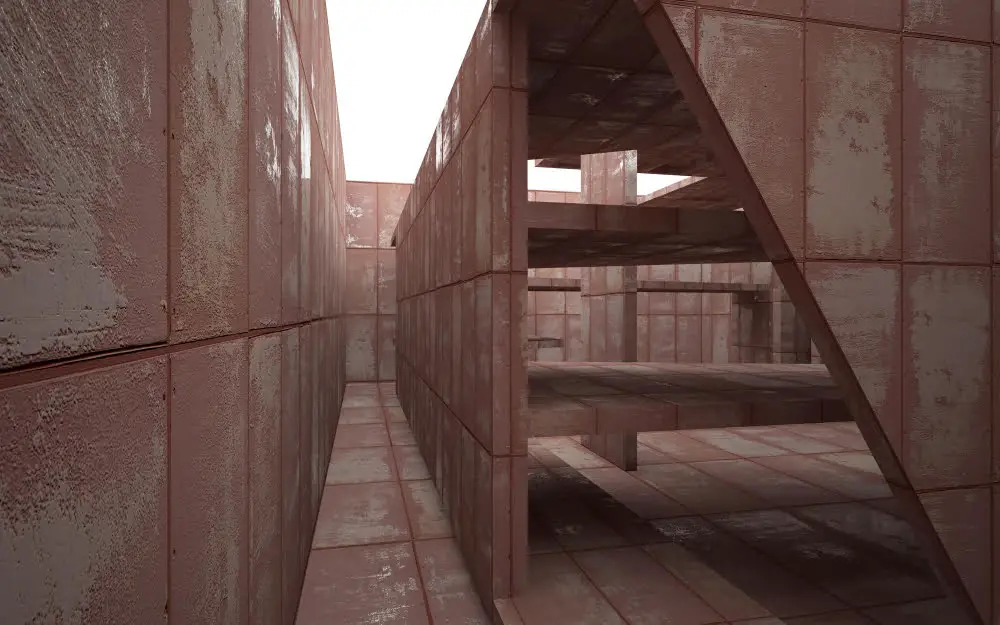
Sealing the bottom of a metal building crucially prevents potential structural issues. One key reason is the prevention of insect infiltration. Proper sealing thwarts ants, termites, and other pests from sneaking in and damaging the structure. Similarly, it blocks rodents like rats and mice from invading the premises.
Water intrusion is another problem thwarted by a secure seal. A firm seal stops rain, snow, melted ice, or groundwater from seeping into your building. Consequently, you avoid the spread of mold and mildew, as well as the corrosion of the metal itself.
Lastly, sealing enhances energy efficiency. It prevents outdoor air from siphoning off heating and cooling, thereby reducing energy costs and environmental impact. Essentially, a solid seal is a barrier against pests, moisture, and excessive energy consumption.
Choosing the Right Sealant for Metal Buildings
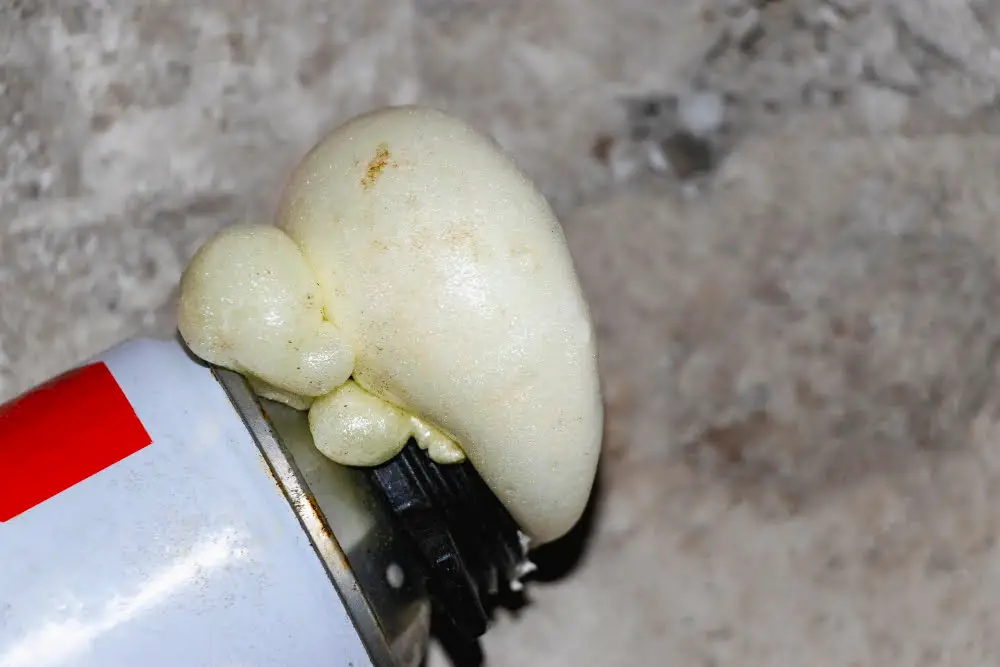
Selecting the appropriate sealant is pivotal for the durability and effectiveness of bottom sealing. There are several sealants on the market, each with its unique properties, and each ideal for a different situation.
1. Silicone-based sealants: These are resistant to weathering and temperature extremes, making them ideal for sealing external parts of metal buildings.
2. Polyurethane sealants: They offer excellent adhesion to a variety of surfaces, including metal. These are flexible and accommodate some movement and shifting.
3. Acrylic sealants: These are easy to apply and clean up, they also paint well. However, they may not be as durable or flexible as other options.
4. Hybrid sealants: These combine elements of silicone and polyurethane. They provide both flexibility and durability, resist UV damage, and adhere well to metals.
Consider factors like climate, exposure to elements, type of metal used, and building use to determine the most appropriate option. It is never a bad idea to consult with professionals or trusted suppliers when in doubt.
Preparation Steps Before Sealing a Metal Building
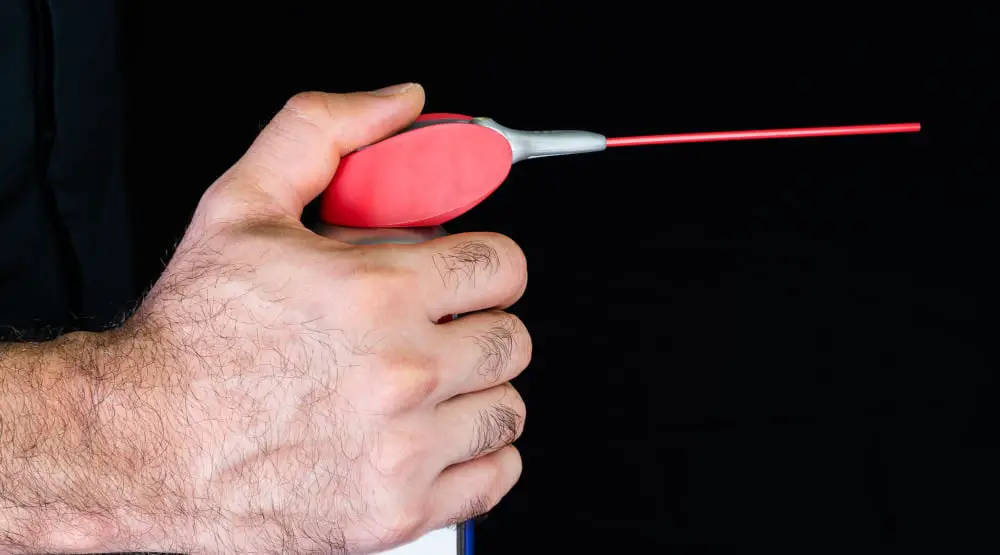
Before diving into the sealing process, you’ll need to consider several important factors. Begin by cleaning the area thoroughly. Remove any debris, rust, or dust that might hinder the sealing. Use a mild detergent or a specialized metal cleaner for this task.
Next, scrutinize every corner for the presence of old sealant or caulking. If found, scrub the spots gently with a wire brush to get a smooth surface.
Ensure the metal is dry before proceeding. Wet conditions could dilute the sealant, reducing its efficacy.
Lastly, be mindful of the weather during the process. Preferably, aim for a dry day with moderate temperatures. Extreme cold or heat might affect the sealant’s performance.
Remember, a poorly prepared surface can lead to sealant failure, resulting in potential damage to your metal building. Hence, paying meticulous attention to preparation is as vital as the sealing process itself.
Step-by-Step Guide to Seal the Bottom of a Metal Building
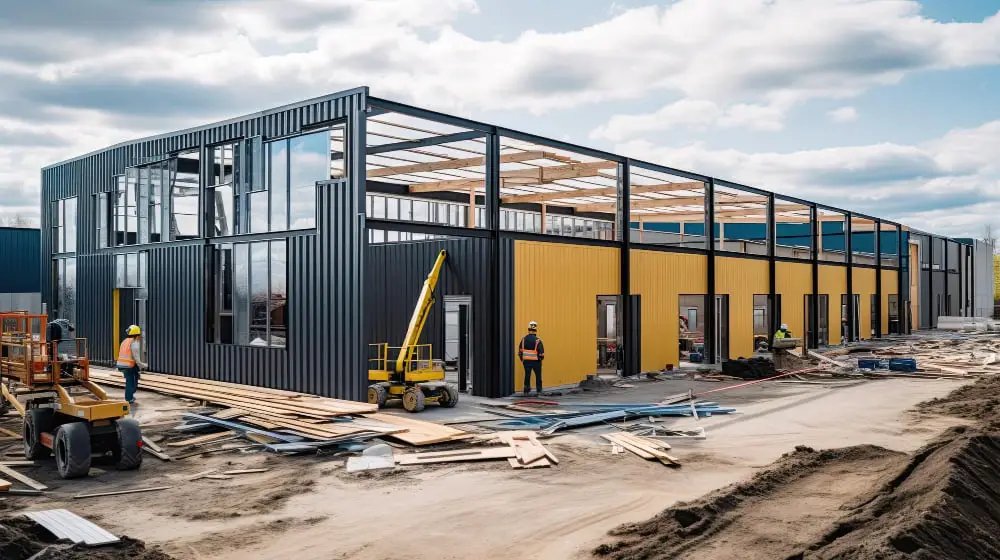
Begin with a thorough cleaning of the area; dirt and debris can hamper the effectiveness of the sealant. Use a stiff bristle brush and soapy water for this initial step.
After cleaning, allow the area to dry completely. Applying sealant to a damp surface can result in adhesive failure.
Next, using a high-quality, weather-resistant sealant, apply a generous, even bead along the bottom edge of the structure. Take care to fill any visible gaps or cracks, ensuring a fully covered seal.
Smooth out the application using a sealant shaping tool, this ensures the sealant is evenly distributed and reaches all crevices.
Allow appropriate curing time as instructed by the sealant manufacturer. This step is crucial for the success of the sealant’s bond and allows for maximum durability.
For extra protection from wind-driven rain or pests, consider the addition of a metal flashing at the base of your building. This can be sealed in a similar way to the original building material for added durability and weather resistance.
Keep in mind, proper safety procedures including using gloves and protective eyewear are a must when using sealants. In addition, ensure proper ventilation in the area you are working to prevent inhalation of harmful fumes.
Lastly, remember: quality materials and careful application are key. Cutting corners can lead to costly repairs down the line.
Common Mistakes to Avoid When Sealing a Metal Building

Avoiding errors while undertaking the sealing process can promote efficiency and save time.
1. Neglecting Surface Preparation: Endeavour to clean and dry the surface thoroughly before applying any sealant, as dust, dirt, or moisture can disrupt adhesion.
2. Using Subpar Sealant: Always opt for high-quality, polyurethane-based sealants specifically designed for metal buildings. Similarly, avoid latex or silicone-based products, as they struggle under weather extremes.
3. Misuse of Sealant: Overutilization or incorrect application of sealant can result in inadequate sealing. Make sure to follow the manufacturer’s instructions.
4. Ignoring Weather Conditions: Sealant should preferably be applied in dry, warm conditions to promote optimal adhesion; avoid sealing in extreme heat or cold.
5. Inadequate Curing Time: Allow the sealant ample time to dry completely before exposing it to any form of stress or proceeding with other construction activities.
6. Overlooking Regular Maintenance: Regular inspections and timely re-sealing can extend the lifespan of your seal. Doing so avoids potential damage down the line.
Identifying and avoiding these common mistakes significantly contributes to a successful sealing operation, providing a robust, weather-resistant barrier for your metal building.
Maintenance Tips for Preserving the Seal On Metal Buildings
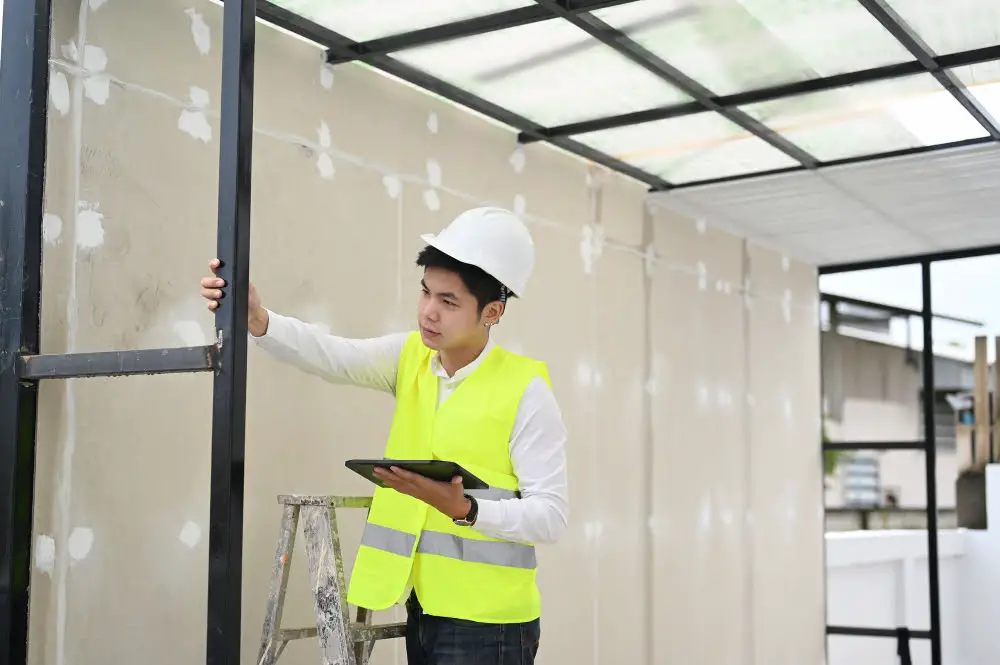
There are four guiding points to ease the maintenance process while simultaneously preserving the seal on a metal structure: regular inspections, corrective actions, proper cleaning, and smart control of moisture.
1. Regular Inspections: Seasonal or bi-annual checks are pivotal. Look for signs of wear and tear such as bubbling, discolorations or flaking off. Early detection can save significant time and expense on repairs.
2. Corrective Actions: If damages are found during inspection, promptly rectify them. Treat small blisters or cracks with sealant. Consider professional help for larger issues.
3. Proper Cleaning: Use recommended cleaning agents to wash off dirt and grime build-up. Avoid harsh chemicals or abrasives. Rinse off any chemicals completely to prevent damage to the seal.
4. Control of Moisture: Maintain good ventilation to prevent condensation. Excess moisture can damage the seal over time.
Following these tips can significantly increase the lifespan of the seal, ensuring a longer-lasting, highly-efficient metal building.
Troubleshooting General Issues After Sealing a Metal Building
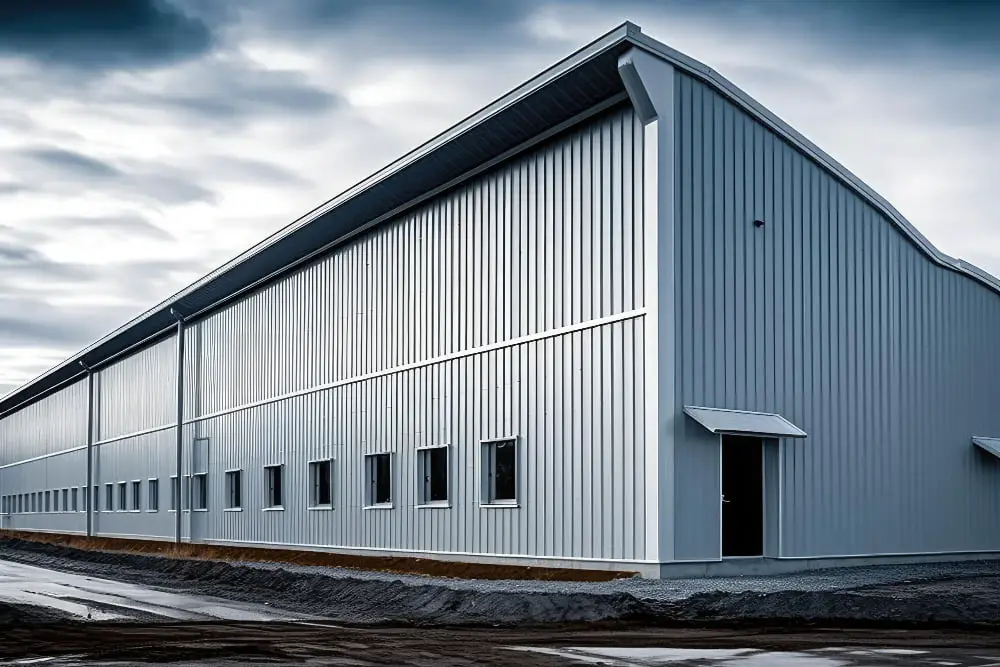
Once the seal has been applied, it’s still essential to periodically inspect your building to ensure optimal performance. Some issues may arise over time due to environmental factors or wear.
Ponding Water: If you notice water accumulating at the base, it might be due to an improper slope. Check that your ground slopes away from the building to ensure efficient water run-off.
Deteriorated Seal: Over time, the seal may wear away. Frequent checks can help to identify this issue swiftly. Early identification allows you to reapply the sealant before any serious damage occurs.
Cracks or Gaps: Changes in temperature can cause expansion and contraction of materials, resulting in cracks. If you spot any, it’s vital to fill them immediately to avoid potential water intrusion.
Efflorescence: White powdery substance on your metal surface is an indicator of water intrusion. In such a case, the sealant may need to be reapplied after addressing the source of water.
It’s crucial to monitor these potential issues to keep your metal building’s integrity intact. Regular checks and maintenance mean your seal will provide protection against weather elements for a longer time.
FAQ
What is the best sealant for metal buildings?
The best sealant for metal buildings is silicone sealant due to its strong adherence to metal, exceptional moisture and UV protection, and remarkable joint movement capabilities.
What do you use to stop seepage on the base of a steel building on a concrete slab?
To prevent seepage at the base of a steel building on a concrete slab, it is advisable to use products such as the Emseal and concrete sealant package.
What is the best sealant for metal building to concrete?
The best sealant for adhering metal building to concrete is polyurethane, thanks to its strong adhesive properties and its ability to provide a long-lasting, watertight seal, particularly in roof applications where standing water may be a risk.
How can one prevent corrosion at the base of a metal building?
To prevent corrosion at the base of a metal building, it is important to use a high-quality metal primer and paint, along with regular maintenance checks to spot and deal with any signs of rust early on.
What techniques can be used for effective moisture control in metal constructions?
Effective moisture control in metal constructions can be achieved through proper insulation, adequate ventilation, the installation of vapor barriers, and the utilization of dehumidifiers.
What are the top materials for waterproofing the bottom of a metal building?
The top materials for waterproofing the bottom of a metal building include sheet metals like aluminum and steel, bituminous products, and liquid waterproofing membranes.
Recap
